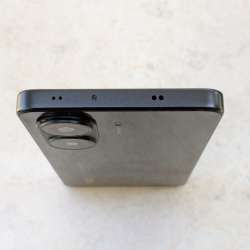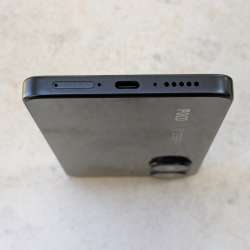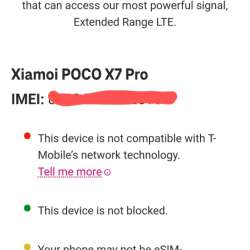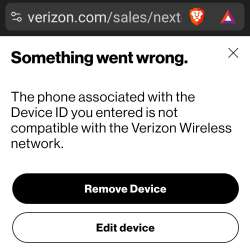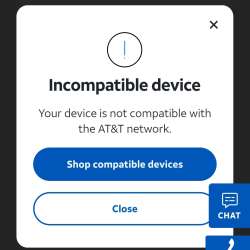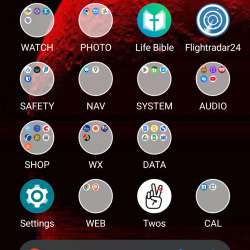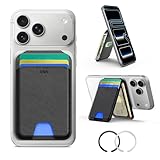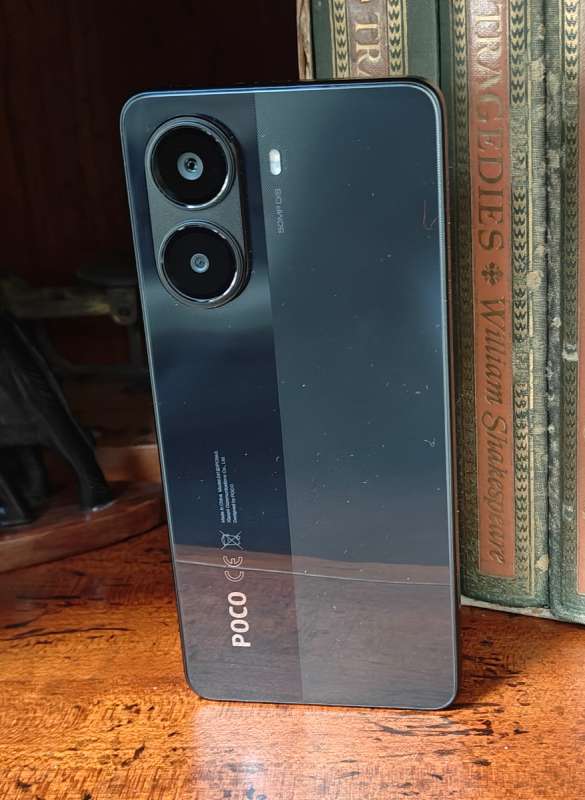
REVIEW – The POCO X7 Smartphone is soon to be released by Xiaomi and may be of interest to our international readers. It has some great qualities, but to my surprise, the review unit turned out to be incompatible with U.S. carriers. It worked on T-Mobile, but seemed to stay on 4G LTE instead of operating on their 5G bands. It has a big battery, takes good photos and has clear speakers. Read on if you think it could work for you.
⬇︎ Jump to summary (pros/cons)
Price: $309.00
Where to buy: AliExpress
What is it?
The POCO X7 Smartphone is a new smartphone from Xiaomi.
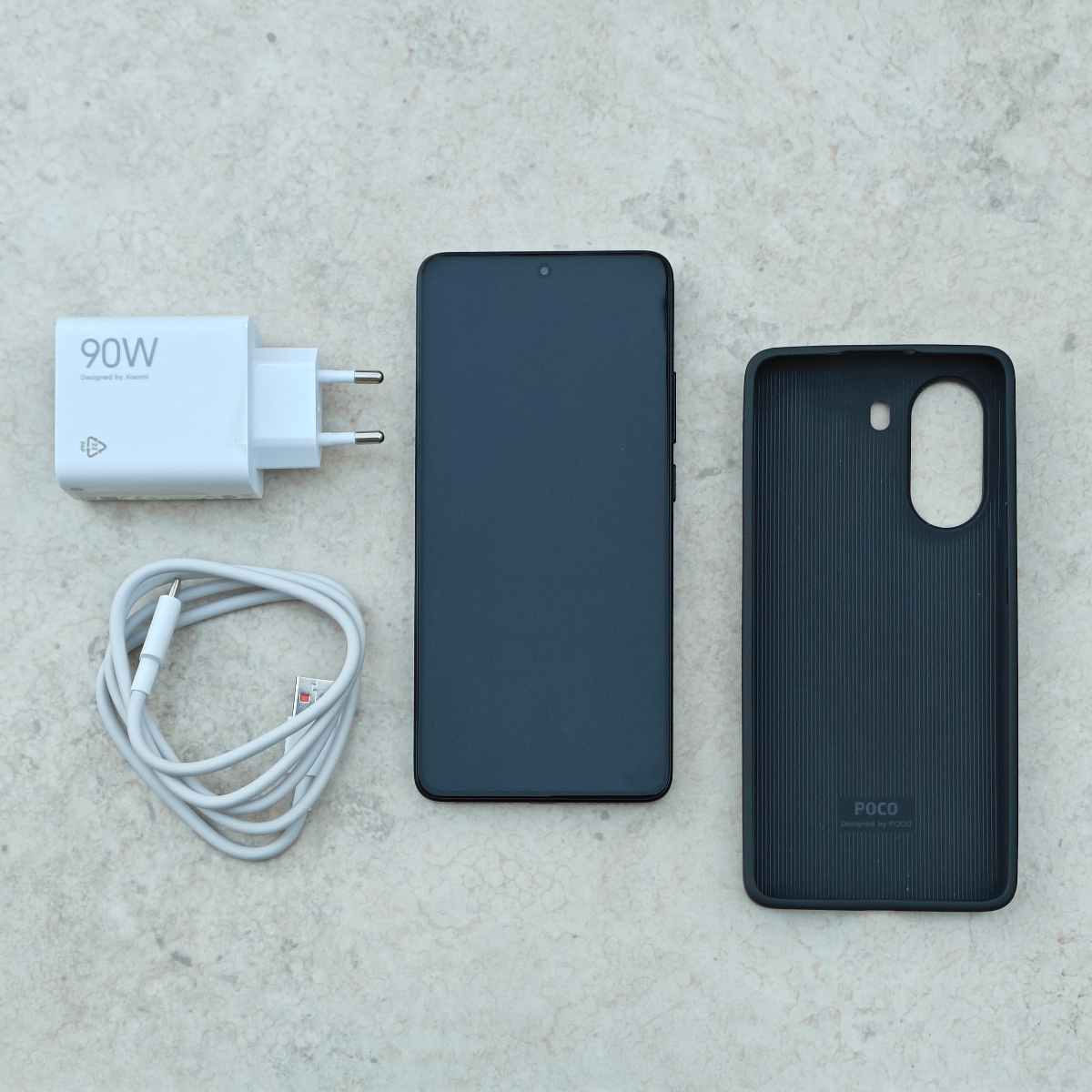
What’s included?
- POCO X7 Pro smartphone
- Charger cable
- Charger
- Thin plastic case
- Standard microscopic print warnings and caveats
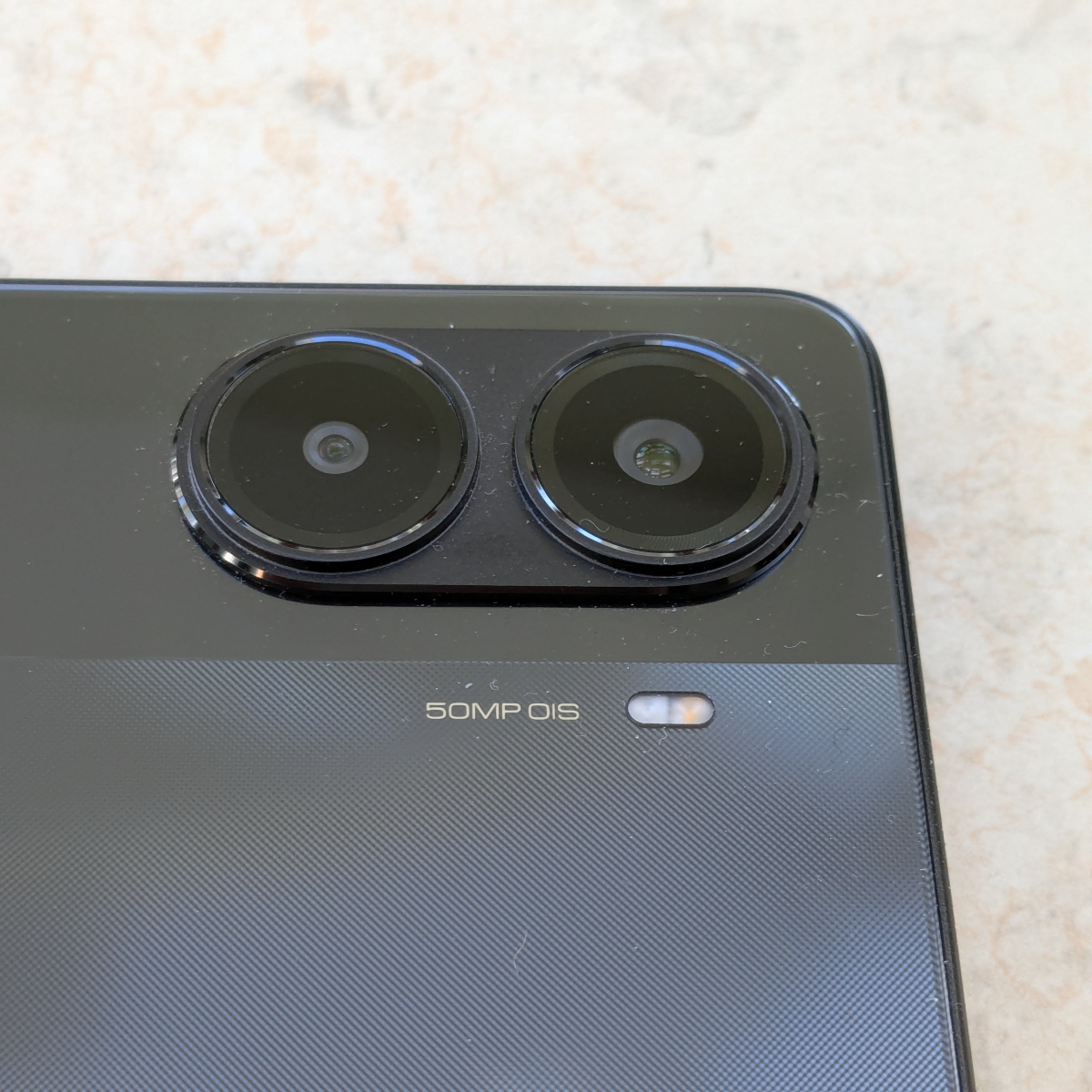
Tech specs
- Dimensity 8400-Ultra processor – Octa-core CPU, All-Big-Core design,
up to 3.25 GHz - Memory and RAM: 8GB+256GB / 12GB+256GB / 12GB+512GB
- Display: Gorilla Glass, 6.67″ AMOLED
- Refresh rate: Up to 120Hz
- Brightness: 700 nits (typ), 1400 nits (HBM), 3200 nits (peak brightness)
- Camera: 50 MP Sony. 8MP ultra-wide camera. 20MP front camera
- Battery: 6000mAh lithium ion. 90W Hypercharge
- Dimensions: 160.75mm x 75.24mm x 8.29mm
- Weight: 195g
- Colors: Black, Green, Yellow
- Wi-Fi Protocol: 802.11a/b/g/n/ac/ax
- Bluetooth 5.4
- IP68 water and dust resistance
- Miscellaneous specs:
• Powered by Xiaomi HyperOS 2 based on Android 15
• IP68 dust and water protection
• Supports NFC
• IR blaster
• Dual-frequency GPS
• In-screen fingerprint sensor (FOD)
• Dual speakers
• X-axis linear vibration motor
• AI Face Unlock
Design and features
Three, no, five cheers for a flat-sided phone! The X7 Pro has flat sides and is easier to grip with confidence than skinny, curve-sided phones. I know there is dust on many of my photos. Dry winter static has come to my zone and my pics were made after cleaning dust off the phone!

The supplied phone case is thin plastic and provides no corner or screen protection to the phone.
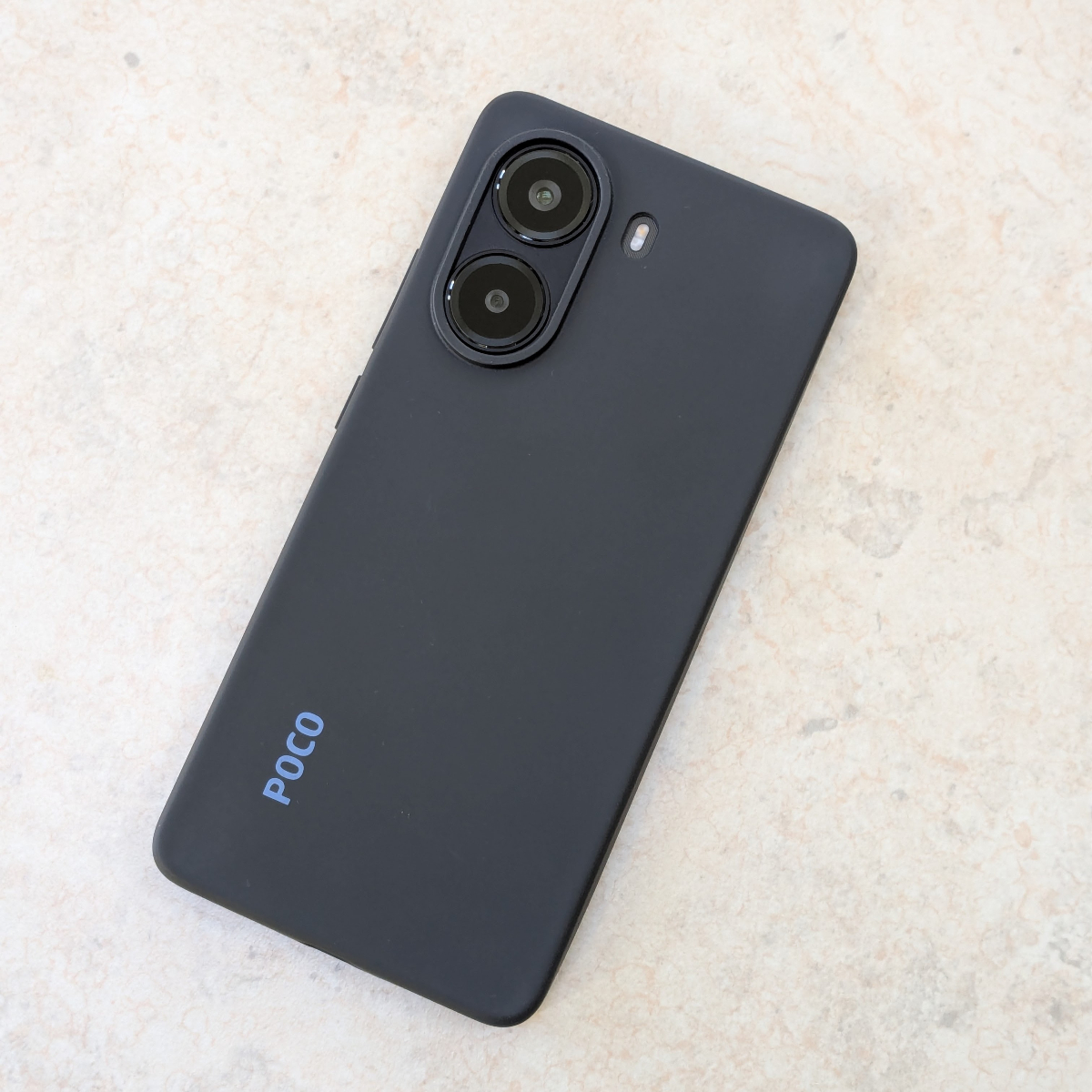
It is probably better than nothing, but the case seemed more slippery in the hand than did the bare phone.
Xiaomi uses a distracting, flashy, arcade-like presentation for some of the phone’s system settings. I think most users would prefer straightforward vanilla Google Android for the phone settings.
I used a network identification app to monitor what bands and channels the X7 Pro connected to. The phone mainly wanted to operate on 4G LTE. It did so nearly the full time of my review. I went to a county park that has cell towers that I know deliver T-Mobile 5G. I was only ¼ mile from the towers. The X7 Pro stayed on 4G LTE with 5 bars strength. If the phone was ever going to switch to 5G, that would have been the time. The X7 Pro simply lacks some of the key 5G band channels used by T-Mobile in the U.S.
I went to the websites of the three U.S. cell providers to check the X7 Pro compatibility using its IMEI number. T-Mobile, Verizon and AT&T all said the device is incompatible. T-Mobile went further saying that it did not have the frequencies needed to access their primary 5G networks. If you live or travel outside the U.S. the X7 Pro might work where you go, but do your research before you purchase.
Here’s what Xiaomi told us about the global availability of the device:
“The POCO X7 Series will be available globally, including Latin America, Western Europe, Indonesia, and Southeast Asia.
The POCO X7 Pro Ironman Edition will be specifically available in select European markets including Spain, Germany, and Poland.
While the series launched globally on January 9th, for our US consumers, POCO devices are accessible through various e-commerce platforms and are compatible with major US carriers. Interested US consumers can primarily purchase through these online channels rather than massive traditional retail outlets.”
I’m bummed that I can’t use it long term since it’s not optimized for the US.
Assembly, Installation, Setup
Xiaomi sent a package containing a Euro / Asian charger, so I was unable to test the 90W charging speed. With my powerpack chargers they did invoke ‘fast charging’ on the X7 Pro screen and the device charged relatively fast.
Setup for the X7 Pro was the easiest of any smartphone I’ve ever set up. For my first time, a new phone recognized my current phone and was able to receive setup data, phone to phone, over the air. Setup was done in about 15 minutes. (Although tweaking settings and logging into apps takes most of the day.)
I deleted 15 or so bloatware apps for social media, games and utilities. I’d prefer if Xiaomi didn’t pre-load those but was glad they were delete-able.
Performance
I experienced one or two 4G signal bars around my house most of the time with the X7 Pro. I removed my SIM and put it into my OnePlus 12R. The 12R went directly onto 5G with 4 bars as I sat where the X7 Pro had shown 1 bar.
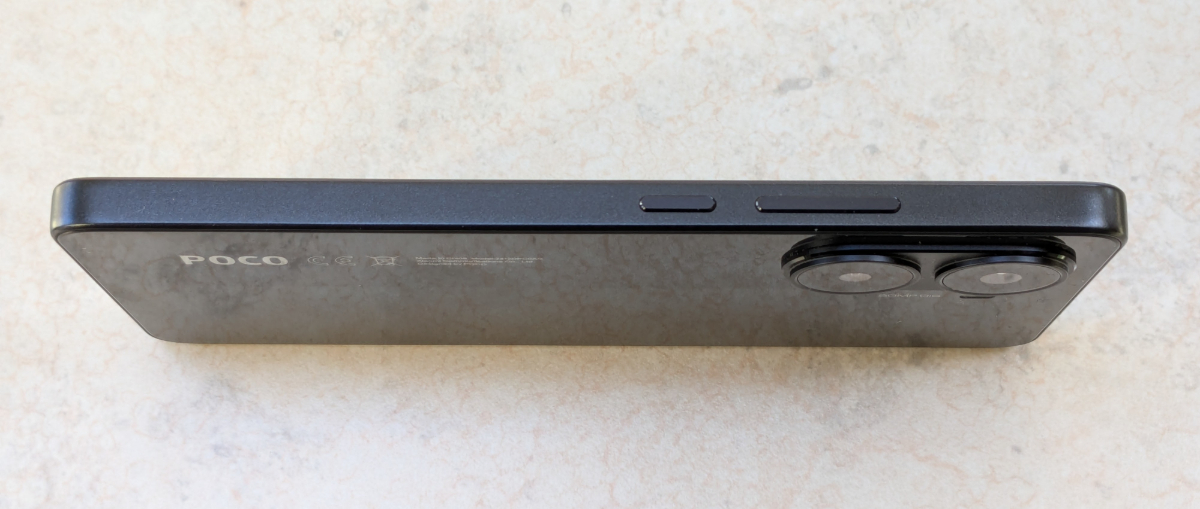
The power switch and volume rocker.
I experienced X7 Pro battery life similar to phones I have that contain 5000mAh batteries, and I didn’t notice extra life from the POCO’s 6000mAh battery. But battery duration was very good.
The X7 Pro screen brightness and color were very nice and the Auto Brightness feature did a great job of adjusting screen brightness as environmental light levels changed.
The speakers in the X7 Pro were good but delivered a varied experience with high resolution music. With most music the speakers delivered highs more reliably than lows. The speakers were excellent when delivering voice from podcasts or live radio sites.
The in-screen fingerprint reader in the X7 Pro was among the best I’ve used and only failed me a couple of times when my hands were very cold or my fingers were damp.
The camera color reproduction was very accurate to these eyes. Resolution seemed good for photos viewed on the phone, but degradation of lines and angles and some graininess was apparent when viewing X7 Pro photos on a computer.
Excellent phones allow for app exceptions in their Do Not Disturb feature. That way important apps can still alert the user during ‘DND on’ times. The X7 Pro does not offer DND app exceptions.
Phone calls were very clear on both ends of my voice conversations.
Final thoughts
The Poco X7 Pro seems a very well designed and constructed smartphone. International phone shoppers outside the U.S. should give a serious look to the Poco X7 Pro that is designed for your region.
What I like about the POCO X7 Pro smartphone
- Good operational speed on 4G LTE
- Nice screen and auto-brightness performance
- Excellent design and build
- The large battery is a plus
What needs to be improved?
- The X7 Pro is not optimized for use with U.S. cell carriers
- The quality of the supplied case needs improvement
- A charger suited to U.S. AC power sockets should be supplied with phones shipped to the U.S.
- Do Not Disturb app exceptions should be added
Price: $309.00
Where to buy: AliExpress
Source: The sample of this product was provided for free by Xiaomi / POCO and the company did not have a final say on the review and did not preview the review before it was published.

